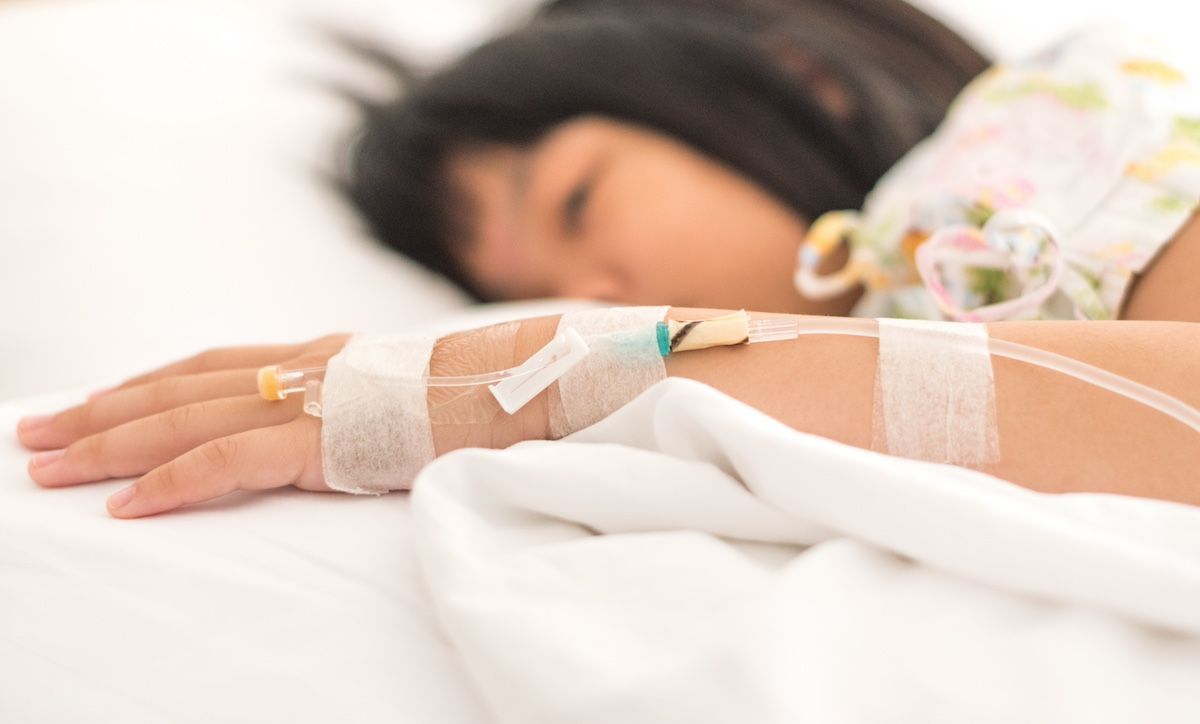News
Article
Post Treatment, Children With ALL Experience Long-Term Fatigue
Author(s):
This new report helps clarify the ways in which the disease—and its treatment—affects the lives of children.
Children experience symptoms of fatigue for at least 2 years following for acute lymphoblastic leukemia (ALL), according to a new study, the report of which offers new long-term insights into the quality of life effects survivors of ALL experience.
Writing in Health and Quality of Life Outcomes, study authors say previous research has shown fatigue is a significant issue during active treatment for ALL.
“However, findings have been mixed with respect to the rate and impact of fatigue symptoms following treatment completion,” the investigators said.
Some of that variation can be ascribed to differing methodologies used by previous studies and to differing perspectives (patient vs caregiver) captured in the studies.
“Given conflicting findings regarding the presence and course of fatigue symptoms in patients treated for ALL, research using multiple informants to examine the clinical trajectory of fatigue symptoms from treatment into survivorship is needed,” the authors said.
In this study, parents of children with ALL reported high levels of fatigue | Image Credit: Khunatorn - stock.adobe.com

They recruited 83 patients with ALL, ranging in age from 4 to 16 years, and their parents. The patients and parents were asked to report on the patient’s fatigue levels using the Pediatric Quality of Life Inventory-Multidimensional Fatigue Scale at 3, 15, and 27 months following the completion of their treatment. Fifty-three sex- and age-matched healthy children and their parents were used as a control group and asked to make reports on fatigue at the same timepoints.
The study investigators found that parents of children in the ALL survivor cohort consistently reported higher levels of fatigue in their children compared with reports by the control-group parents. This was true even when the broad category of fatigue was broken down into 3 subscales of general, cognitive, and sleep/rest fatigue.
“Fatigue levels were significant compared to both the healthy comparison children and the published normative data, signifying that parents of children treated for ALL find multiple aspects of fatigue to be impacting their child’s daily functioning,” the authors said.
The self-reported data from the patients themselves was somewhat different. This patient cohort only had significantly higher levels of fatigue in the general fatigue subscale, with self-reported total fatigue being significantly higher in the patient cohort only at the 27-month timepoint.
“Several factors may have contributed to this increase in reported fatigue symptoms, including the older age of respondents at this timepoint who may have more insight into their symptoms, an evolution of treatment-related cognitive challenges over time, and/or an increase in cognitive demand in both educational and daily functioning which resulted in a greater awareness of symptoms for the young person,” the authors posited.
The authors also noted that both parents and patients reported significantly increased levels of fatigue compared with the normative data set. They did not identify any particular risk factors for fatigue, such as age, sex, or treatment-related factors. However, they said it is possible that such risk factors may become clearer as the time from treatment grows.
They said they hope these findings help enable the development and deployment of early intervention strategies, such as screening for fatigue.
“Providing this type of support may mitigate fatigue and attenuate the depressive symptoms and reduced quality of life which have been associated with fatigue in the childhood cancer population,” they said.
Reference
Walsh S, Mulraney M, McCarthy MC, De Luca CR. Fatigue in children who have recently completed treatment for acute lymphoblastic leukemia: a longitudinal study. Health Qual Life Outcomes. 2024;22(1):27. doi:10.1186/s12955-024-02241-2





